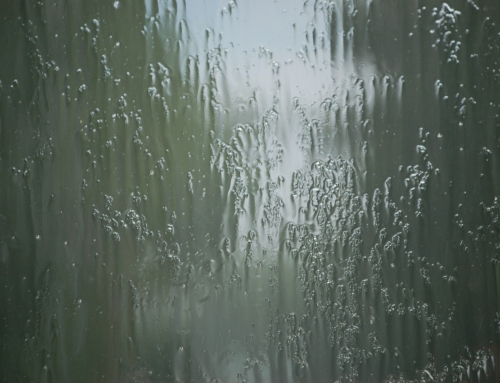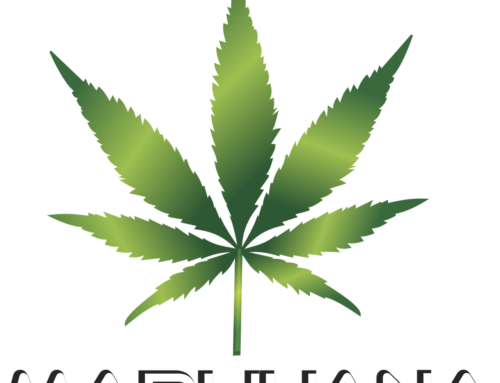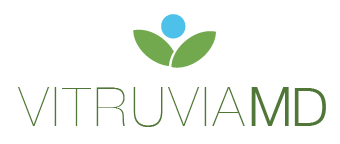Let’s take a closer look at sunscreen…
Sunscreen has so many options. There are differences in spf, waterproof, sweatproof, and different methods of delivery (spray, cream, etc). What does it all mean? What do you avoid or look for? Does it help? Any tips to avoid skin damage?
Sunscreen 101:
SPF stands for Sunburn Protection Factor. SPF only reflects protection against UVB rays, not UVA. The higher the SPF does not necessarily mean better protection. In fact, many of the higher SPF formulas have the lowest amount of UVA protection. For example, in Europe, the laws require formulas with increasing SPF to have increasing UVA protection, also.
There are many health concerns about sunscreens from the ingredients to the delivery.
Let’s look at a few of these:
- Oxybenzone: Oxybenzone has been shown to be an endocrine disruptor and is very damaging to our coral reefs. Hawaii recently passed a bill that bans the sale of sunscreen with oxybenzone just for this reason (it is waiting to go into effect). Now an even scary statistic is the CDC (Center for Disease Control) routinely finds oxybenzone in PEOPLE’s blood in 96% of those tested. They also found adolescent males with higher oxybenzone blood levels had lower testosterone levels. Let me translate that for you – increased risk of infertility. There have also been studies reporting alterations to pregnancies in women who had high levels (preterm labor and alterations in birth weight). And I could go on…. Even though we know this is an issue it is still in many products. REI retailer plans to eliminate all products with this ingredient on their shelves by 2020. Hopefully, more will follow suit since the FDA isn’t banning this.
- Octinoxate (Octylmethoxycinnamate) – Also concerns about being an endocrine disrupter and has a moderate risk for allergic symptoms.
- Methylisothiazolinone: This is an inactive ingredient that was labeled by the American Contact Dermatitis Society as the 2013 allergen of the year.
- Spray sunscreens: I know they are convenient especially for ancy kids who can’t wait to get outside but they do pose an inhalation risk. There is also concern that they don’t provide even coating on the skin and therefore not provide enough coverage. In 2011 the FDA said it would ban sprays unless the companies could submit more data showing sprays provide good coverage and no health hazards. Still waiting…
- Retinyl Palmitate: This is a form of vitamin A. Sounds like something good, right? In animal studies, it showed that animals formed more skin cancers when they were treated with this ingredient and exposed to sunlight. Yet, it is still in many sunscreens.
- Waterproof/Sunblock: these claims are misleading because there are not any sunscreens that truly never come off in the water and block the sun entirely. In 2011, the FDA set a new rules to get rid of this false labeling.
So what are the GOOD ingredients to look for?
- Zinc Oxide: Zinc oxide is EWG’s (environmental working group) number one ingredient to look for. It provides the most protection from UVA rays and is stable in the sun. It is even better than titanium oxide.
- Titanium Oxide: Titanium is a close second to Zinc. Even though it is not as strong as Zinc it is at least better than other ingredients.
Do Sunscreens protect you from sun damage?
Absolutely not!! You can get lots of different kinds of skin damage and it doesn’t have to come just from UVB rays. UVA penetrates deeper causing other types of DNA damage. Even with sunscreen damage can be done.
Here are some interesting factoids I found…
- Even with sunscreen being a gazillion dollar industry for decades, the rate of melanoma cases, a serious skin cancer, has tripled since 1970. I wonder if some of the increase is because all of the baby oil and iodine people are now getting to the age of skin cancers? This doesn’t explain the rise in melanoma cases in people under the age of 30 though!
- What about the tanning beds? The International Agency for Research on Cancer calculates that if you use tanning beds before the age of 30 your risk of developing melanoma jumps by 75 percent!
- There are even studies that report people with frequent use of sunscreen had the highest risk of melanoma. They didn’t speculate on this cause but I am curious if you tend to stay outside in the sun more when you have sunscreen on. Combine that with a sunscreen that doesn’t block the UVA rays and you have double trouble.
Do you have to become a recluse and avoid sun from here on? Well, if you do be sure and get your vitamin D level checked because the sun is our primary source.
For the rest of you who will venture out, here are some skin saving tips:
- Don’t rely just on sunscreen- wear a hat and protective clothing
- Apply sunscreen 15 minutes prior to sun exposure for maximum protection
- Look for products with Zinc or Titanium oxide
- Don’t focus on the SPF, focus on the ingredients
- Apply frequently
- Don’t forget exposure to your hands and arms while driving – use sunscreen daily!









